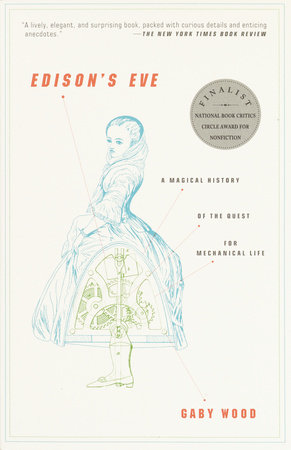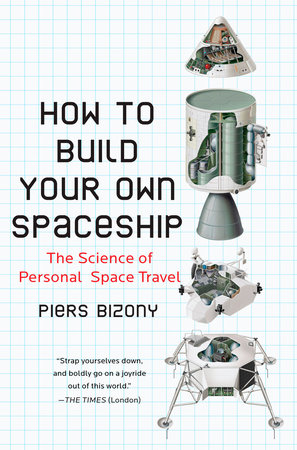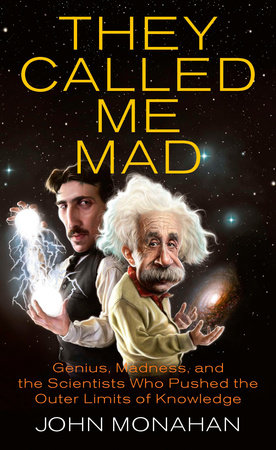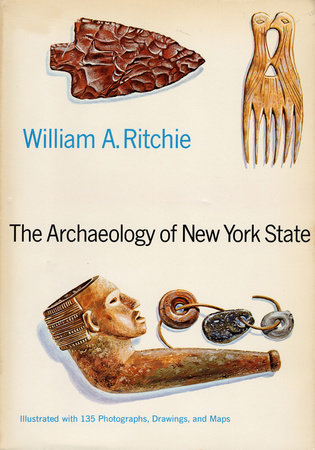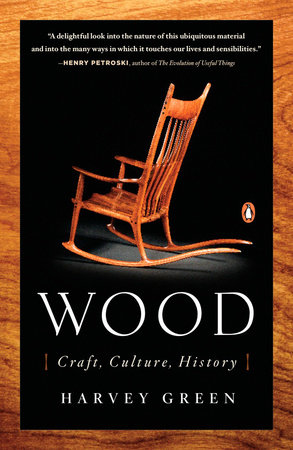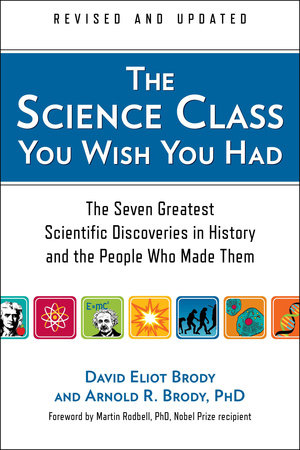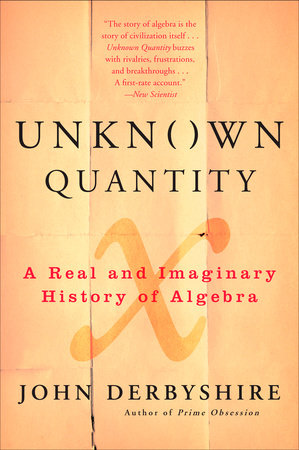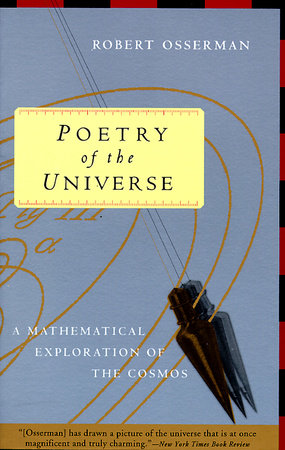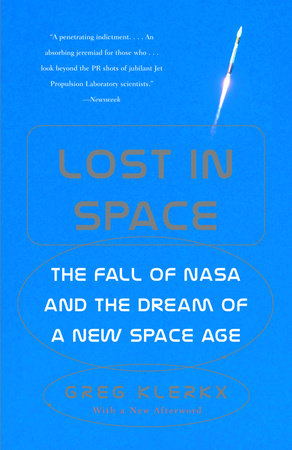Author Q&A
Q: You begin your “Magical History of the Quest for Mechanical Life” at a very specific place and time: with the story of the philosopher Rene Descartes sailing to Sweden in the mid-17th-century, in the company of an android. Why this moment?
A: Although people have tried to construct mechanical simulations of human and animal life for millennia (from Plato’s contemporary, Archytas of Tarentum, to Albertus Magnus, a 13th-century Dominican monk), I wanted to show that it was only really during the Enlightenment that these attempts became more than practical enterprises: they were philosophical experiments as well. Descartes was an immediate precursor to the philosophers of the 18th century who were preoccupied with the question of whether humans were born with a soul, or were merely very complex machines. In their quest for an answer to this question, they built machines in the image of men and women, thinking: if men are just machines, then does a mechanically-constructed man amount to a human being?
Rather than being a craft, in other words, the art of mechanics became, in that period, a way of thought. The objects made by the mechanicians of the Enlightenment were puzzles, riddles, concrete attempts to answer conceptual problems: Who are we? What are we made of? What makes us human? Can we be replicated artificially? These questions, which we are still trying to answer today—at MIT’s Artificial Intelligence lab, at the cloning clinic of Severino Antinori—were first crystallized by Descartes and his followers.
Q: The inventors you cite in Edison’s Eve are men, and in talking about their creations you invoke the Greek myth of Pygmalion and Galatea, the story of a sculptor who falls in love with his statue of a beautiful woman. Why? What are the implications, throughout this history, of men falling in love with their lifeless creations? How much is the project of creating mechanical life caught up in the erotic?
A: It was intriguing to discover how many of these inventors were men. (In my research I came across only three women creators, all of whom were waxworkers—they made anatomical models for educational purposes.) In part, this might be seen to reflect something psychologists have called “womb envy”—men wanting to create life artificially since they are biologically incapable of pregnancy. (A version of this instinct has been ascribed by literary critics to Mary Shelley—who lost four children—in relation to Frankenstein, her fictional tale of artificial life.) But equally, when these men created artificial women, a note of eroticism was inevitably introduced. There was also a further note of misogyny. Why were artificial versions necessary? Why weren’t real women considered good enough?
As soon as one considers the notion of falling in love with one’s creation, all sorts of possibilities are implied. Is the artist falling in love with his creation because women should be the way men want them to be? Because it’s his own work—an essentially narcissistic instinct?
Because inanimate women—women without souls, as it were—are more appealing? Or because his erotic desires take the form of a fetish, in which case any doll would be preferable to the frighteningly real thing? It’s not difficult to see how these apparently artistic or scientific creations became the precursors to the modern-day sex doll.
Q: In a conversation with the director of the artificial intelligence lab at MIT, Rodney Brooks, you suggested that one of his robots may be expressing emotions, but not actually experiencing them, to which he replied: “But how do we know if it’s experiencing them?” How have audiences—and creators—tackled (or avoided) this question? To what lengths have humans gone to convince themselves of the human qualities of their mechanical creations?
A: I think the idea is not so much that the inventors have tried to convince themselves of their creations’ human qualities, as that we just don’t know exactly what qualities we can say they have. In other words, what would we call “human”? Historically, the audiences—more than the inventors—have been preoccupied with the mysterious life force behind these mechanical creatures. The famous chess playing “automaton” of the eighteenth century is a prime example. The automaton was a fake—there was a human chess player hiding inside it—and so the inventor’s aim was not to make it seem human, but to persuade people that it was a marvelous piece of mechanical magic. Audiences, however, were unconvinced of the mechanical ingenuity. They were certain the thing must have a soul, perhaps even a soul in cahoots with the devil. People were known to faint when watching the automaton play chess, and they sometimes made the sign of the cross when they walked into the room where it was exhibited. One of the greatest chess players of all time challenged the machine to a game, and reported that no other game had left him so exhausted, since his opponent in this case was unknowable, unquantifiable, and possibly ungodly. For these viewers, there was already something all too human about the automaton, and although they may have wanted to believe that it was only a machine, reason was not sufficient to explain it to them.
Q: You’ve titled the book after a lesser-known invention of Thomas Edison: a talking doll with a phonograph in its chest. Considering that it seems to have more limited “scientific” implications, why was Edison’s Talking Doll such a favorite of his? And why was it so quickly—and so nearly completely—lost to history?
A: Initially, Edison’s invention was a straightforward business venture. American industrialists were making a good deal of money at the time by designing parts for toys—usually joints, or some sort of sophisticated mechanism that would separate them from the rag dolls that were traditionally made and sold in the States. Because of Edison’s expansive and ambitious nature, a project that would otherwise have been a footnote had an entire building to itself, at least 250 factory workers at its disposal, and a production rate of 500 dolls a day. But it was more than just a commercial enterprise. From the moment Edison designed the phonograph—a machine that was immediately reported to be a way of resurrecting the dead, or proffering immortality, by preserving human voices—he imagined it in human form.
The doll, it turned out, was impractical and unpopular as a toy. It had a metal torso which made it too heavy for children to carry, and the speaking mechanism often broke down.
But in the midst of a booming toy industry, Edison was playing out a fantasy many mechanicians and philosophers had played out before him, that of giving human form to a mechanical replica of human life. He boasted that in inventing the phonograph he had created something that would outlive him and all his contemporaries: he had invented a form of immortality, which must mean by extension that he had made himself immortal. He was, in other words, playing God.
The book is named after this story because Edison is a perfect example of the ways in which madness can hide behind reason, and I found the idea of this famous man’s unfamous project very evocative. It’s like Frankenstein made industrial. And if there were any doubt about the story’s inherent spookiness, one has only to look at the way in which those dolls continue to haunt Edison’s old factory, which is now a museum. What became of them remains a mystery: few of them were ever sold, yet most of them are lost. Edison is said to have destroyed or buried them, but no one has found them. The ground around the factory has been dug up and scanned with metal detectors at various points, without success. What began as a lighthearted idea became a large-scale, doomed project, and had an ending akin to that of a forensic thriller.
Q: The magician-turned-filmmaker George Méliès used the technology of moving pictures to create the ultimate illusions: a man and his animate double; bodies perfectly dismembered, then reanimated; shrinking and exploding heads. Méliès made nearly 500 films, many of which are now classified as “horror” films. What is the relationship between fear and mechanical life?
A: I think fear, combined with awe or marvel, is a frequent reaction to mechanical life. Even when it’s not outright fear, as in science fiction films like Blade Runner or Robocop, there is often anxiety that stems from our uncertainty about what these mechanical things are made of, how autonomous they are, and what kind of threat they pose. It’s a discomfort Sigmund Freud called the “uncanny,” which he said arose in reaction to dolls and automata because the line between the lifeless and the living in them was so blurred.
Although many of George Méliès’s films were like one-minute jokes, or filmed magic tricks, they could also be seen as the precursors to a certain kind of horror or ghost movie. They played with apparently inanimate objects that turned out to be alive, guessed at what might suddenly appear behind you, and made mere puppets of human beings. Méliès did these things using a technology that was brand new—the art, or science, of cinema—and that new technology was feared by many.
Q: Your last chapter is devoted to the story of the Schneiders—a family of midgets, or “little people,” who called themselves the “Doll Family”—and to your meeting with the only surviving member of the family, Tiny Doll. What does their story have to do with “mechanical life”?
A: When I discovered that these siblings called themselves “the Doll family,” and that many circus audiences refused to believe they were human, I realized that their lives could be
seen as a peculiar condition. They were treated as if they were mechanical—manufactured rather than born—when many of the machines I’d written about were treated as if they were human. The Doll family were an inversion of everything I had come across in my research.
But the audience perception affected them, in a way that it could never affect the machines. You can’t hurt an android’s feelings. I wanted to trace, through these siblings, what the life of a “living doll” would be. If the other objects in the book really were alive, if dolls came to life as children often wish them to, what sort of a life could we imagine they would have? This, I thought, would be it. And yet, when I met the last of the living Dolls, I knew that the boundaries between what was human and what was not were no longer blurred—at least, not for her. She had unwittingly solved, in a way, the book’s problem: she knew who she was, and what she had suffered from was not so much a philosophical difficulty as straightforward prejudice.
Q: Your book is about the history of mechanical life in human experience. But looking forward, what are the uses of robots in today’s society—and tomorrow’s? What issues of morality arise as robots become more sophisticated?
A: In Karel Capek’s play Rossum’s Universal Robots, which was written in the 1920s and which coined the word “robot,” a political activist arrives on an island where robots are being mass-produced. She claims that her mission is to represent the robots’ human rights. This begins as an absurdist joke, but inevitably begs the question of whether this new race should indeed have rights, human or otherwise. In the end, the slave-robots revolt, and what was in 1920 primarily a fable about labor relations might be read more strongly today as a story about the ethics of artificial reproduction. Once an organism is autonomous to a certain degree, it also has, presumably, a certain entitlement.
But attitudes vary according to the culture in question. For example, Rodney Brooks at MIT reports that Americans are very apprehensive about robots taking over their lives, even if it might be helpful, in the manner of a “webcam” in the home. In Japan, on the other hand, a roboticist explained to me that “robots are our friends.” Not only is there a culture in modern Japan built in large part on technology, but there is also a population problem there—very long life expectancy and a very low birth rate. Soon there will be no one to look after the elderly. So a robot that can help around the home or care for an elderly relative is welcome. Research into robotics is incredibly sophisticated, and meets with little resistance. Ideally, some happy medium between the American and Japanese attitudes would arise: there would be no obstacles to research, but there would also be a certain amount of reflection about the possible consequences.
